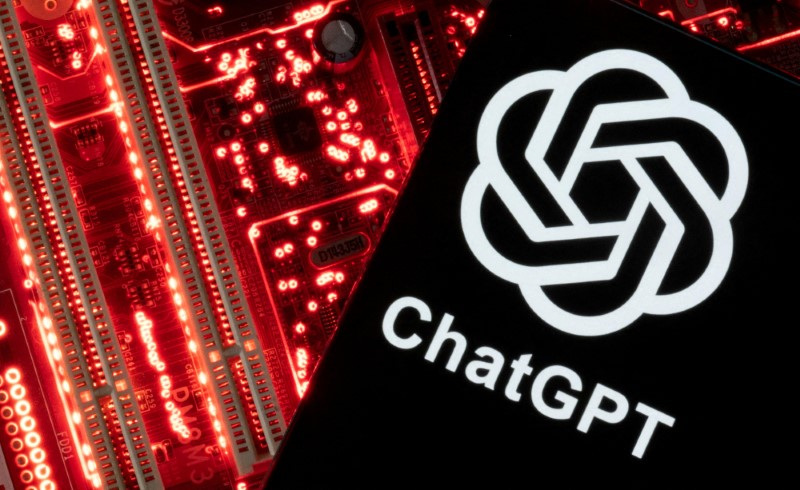AI is a game of kings, and OpenAI knows it
Investing.com -- OpenAI’s release of GPT-5 on Thursday triggered a sharp sell-off across the software sector.
Analysts described the model as “impressive” and another step toward transforming technology, including enterprise technology. But they said the question investors have been wrestling with for years remains: does it signal the beginning of the end for software?
Brokerage D.A. Davidson broke down the core value drivers for enterprise software into three areas: distribution, integrations, and workflows.
The report identified three main value drivers for enterprise software: distribution, integrations, and workflows.
Large vendors have mastered navigating the sales process and sustaining usage after a purchase.
Integrations, which link software to other systems and data sources, often involve custom development, permissions, and middleware.
Workflows and business logic differ widely from one organization to another, meaning implementations must be tailored to each company’s unique structures and requirements.
While software pricing is often per seat, analysts note the real measure of value is how many roles it replaces or how indispensable it becomes over time. The shift toward usage-based models reflects this.
“Longer-term, the argument could be made that the answer to the first question could change if AI agents start carving off tasks from employees,” the team led by Gil Luria added.
The team cautioned that while AI excels at managing unstructured data, much enterprise data remains structured and better suited to traditional computing. CTOs must manage both. Data accessibility, governance, and compliance are cited as the main bottlenecks to scaling AI tools.
The analysts drew a distinction between infrastructure and application software. They expect infrastructure that organizes, observes, and secures code and data to become even more important as AI adoption accelerates, while the application software debate continues.
Customer hesitation over long-term commitments remains a challenge.
Overall, D.A. Davidson said it believes “many software companies are well positioned for the AI revolution, and that the ones that execute will deliver excellent returns for investors.”
It highlighted Microsoft (NASDAQ:MSFT), Snowflake (NYSE:SNOW), Datadog (NASDAQ:DDOG), and Jfrog Ltd (NASDAQ:FROG) as current preferences.
The broker believes that, citing its teammate Alex Platt, the risk from exponential growth in AI is not primarily to software, but “to society as a whole.”
The launch of GPT-5 comes nearly three years after OpenAI first launched ChatGPT. The GPT-5 is the company’s first model to give the public access to “test-time compute” — technology that lets the AI spend more processing power on harder questions to improve reasoning and problem-solving.
GPT-4 had advanced through more compute and data, but scaling stalled due to a shortage of new human-generated text and increased risk of hardware failures during long training runs.
Test-time compute offers an alternative path to smarter AI without relying solely on bigger datasets.
